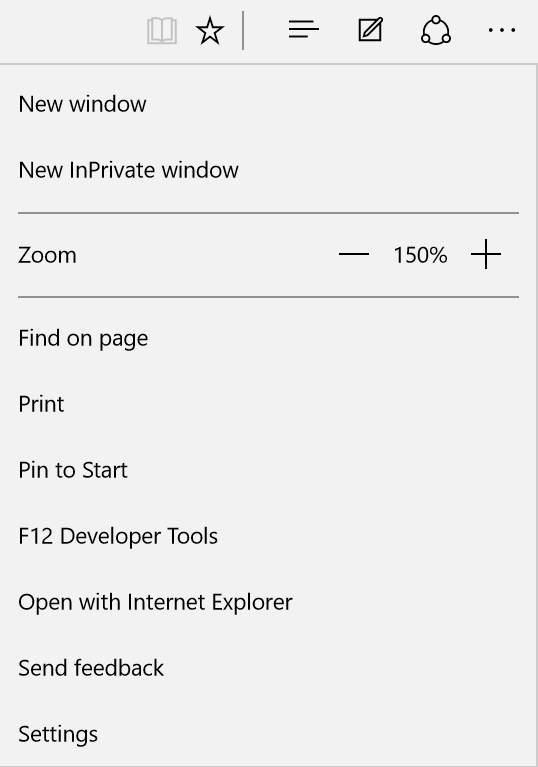Microsoft Edge review: Windows finally has a good browser
Edge is the browser Windows 10 deserves
For two decades, the default web browsing experience in Windows has been Internet Explorer. Over the years, Microsoft’s home-built browser became bloated, insecure, confusing to use, and just plain hated by many users. A lot of people turned to alternatives, such as Google Chrome, as a result. With Windows 10 (check out our full review here), Microsoft went back to the drawing board and scrapped everything it had done so far with Internet Explorer. It built an entirely new browser from scratch, one that would shed all of the baggage of Internet Explorer and offer a modern, fast web browsing experience for Windows users. That browser is Edge.
Edge comes with Windows 10 out of the box. And I should say up top that Internet Explorer also comes with Windows 10, though it’s buried in the OS, and Microsoft says that’s largely for compatibility with legacy enterprise apps. But Edge is the default, and it will be available across Microsoft’s product line, from PCs to smartphones to Holo Lens and Surface Hub. Microsoft said it built Edge to be clean, tight, and responsive. In my tests, it mostly was. Edge feels really lightweight and fast — and in some cases bare-bones — which is a refreshing change from IE.
After IE, Microsoft has some work to do to rebuild users' trust, and the company says the days of cluttered, unwanted task bars and constantly changing home screens from nefarious apps are long gone. Edge uses its own rendering engine, which was built off of IE 11's engine, but slimmed down. Microsoft does note that it has done some work to make sure websites that are designed for browsers like Safari or Chrome still work well in Edge, which has long been a problem with IE. I did run into some bugs on some webpages with Edge, but mainly stuff loaded fast and accurately.
Edge's default home page is informative and inviting
Open Edge and you are greeted with a clean home page that asks, "Where to next?" above a combined search and address bar. Below that are links to popular websites, and below those is a customized news and information feed, that can display personalized news articles, sports scores, and weather information based on your Microsoft account. Unsurprisingly, Edge’s built-in search is powered by Bing, but what may be more surprising is just how hard it is to change it to another service, giving the impression that Microsoft really doesn’t want you to. To change it, you need to visit the search engine you want to use (such as Google), go to Settings, Advanced Settings, scroll to the "Search in the Address bar" setting, select "Add New", choose the engine that’s in the list, and click "Add as default."


Browsing in Edge can be a joy: pages load quickly, scrolling is smooth, and rendering issues are far less common than they were with Internet Explorer. On a Surface Pro 3 with 8GB of RAM and a Core i5 processor, Edge actually beat the latest version of Chrome in both the Sunspider and Peacekeeper benchmarks. Microsoft is employing a bunch of tricks to make this happen, including pre-fetching websites before you get to them, but the end result is all that really matters, and it is mostly good. It has also built Adobe Flash support right into Edge, and says it is working closely with Adobe to make sure performance is high and security is a priority. Still, there are times where Edge struggles and it becomes clear this is a version one product, such as when it offers to kick you to Internet Explorer if it’s having trouble with a particular site.
Extensions and other power-user features aren't here yet
Edge’s newness also means it doesn’t have a number of power features that Chrome and Firefox users have long been accustomed to. It doesn’t yet support extensions or plugins (the former are coming later this year and in a format that’s very similar to Google’s Chrome App Store) nor does it have the ability to pin tabs. There’s no way to sync your browsing history or favorite sites with your mobile device until later this year when Windows 10 for phones launches. Edge also doesn’t play nice with Google’s web apps, so if you’re a diehard Google Docs or Sheets user, you’ll want to stick to Chrome. Microsoft’s own Office web apps work great, however.

No comments:
Post a Comment